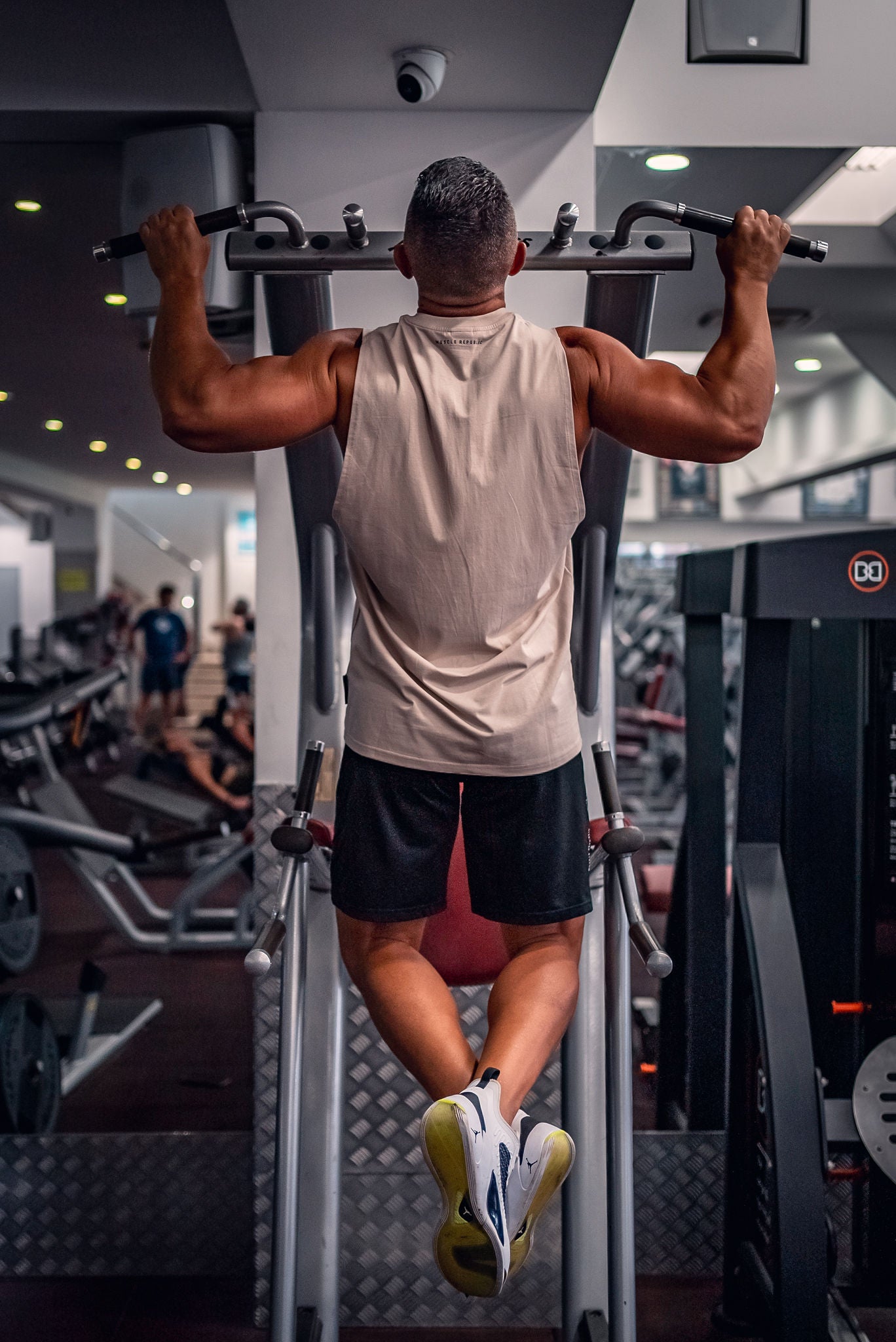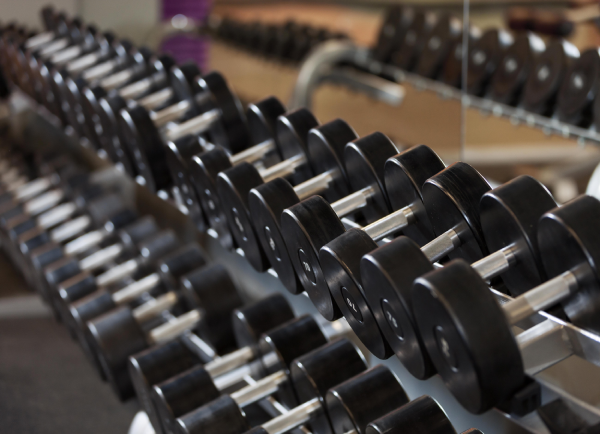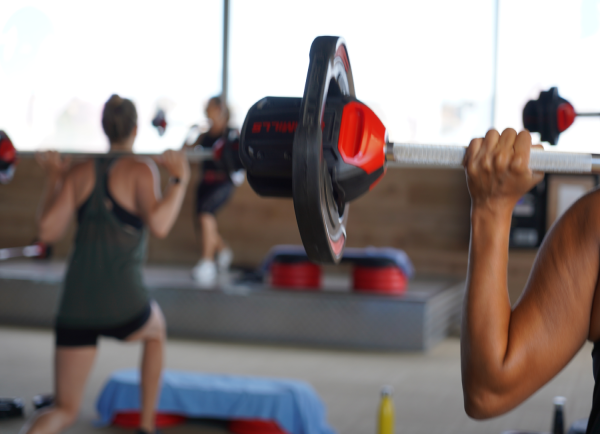
Revolutionise your workout by doing this one simple thing
When it comes to maximising performance in the gym, many people are so focused on moving weight that they neglect one fundamental training component: mobility. The irony is that both mobility and strength go hand in hand. One cannot expect to be at their maximum strength capacity without being mobile enough to move through the body’s full range of motion.
I often see people perform a few quick stretches post training, thinking that it will be enough to aid recovery. I don’t blame them. Let’s face it, stretching is not fun. It takes up our precious time and is far from entertaining. However, like brushing your teeth is essential for healthy gums, mobility training is fundamental to maintaining healthy bones, muscles and joints.
Mobility training will facilitate injury prevention, increase movement efficiency and will ultimately help to keep you active throughout your lifespan. To appreciate the importance of mobility, we first have to understand the difference between mobility and flexibility.
Mobility vs. Flexibility what is the difference?
Flexibility is the level of tissue extensibility (stretchiness) in a given muscle group. For instance, static stretching of the hamstring helps to increase its length. Flexibility forms one component of mobility training. Mobility can be understood as the degree of possible movement around the joint before being restricted by surrounding tissue such as muscles, tendons and ligaments.
Hence, good flexibility does not always denote good mobility. For instance, you may have the flexibility in your calves and hamstrings to perform a squat, however lack the hip mobility to access your full squatting depth. Thus, a good mobility routine includes elements of foam rolling, static and dynamic stretching.
Why is mobility so important?
First and foremost, good mobility is paramount to ensuring that your joints move through their full range of motion. This promotes joint health, recruits more muscle fibres and ultimately prevents injury. Take, for example, an individual performing a squat. Having poor mobility in their ankles and hips will cause their knees to buckle inwards, their heels to lift off the ground and their torso to collapse forward. No doubt, this is a recipe for injury.
The consequences of poor mobility for this individual, unfortunately, don’t stop there. When performed correctly, moving deeper into a squat promotes increased quad and glute recruitment. In contrast, the unnatural squatting position described above shifts the body’s centre of gravity forward. As a result, the body primarily utilises the quad muscles for support. This removes the posterior chain from action. Over time, this can cause muscular imbalances and subsequent injury. Thus, having adequate mobility is integral to ensuring that you execute movements correctly.
In addition, our Challenges include a comprehensive mobility program and our group fitness classes such as Yoga and Pilates are a fantastic way to increase your mobility.
If you enjoyed this article, please subscribe to our emailing list to receive more educational tips.Also, if you haven’t already, please follow us on Instagram, Facebook and YouTube.
I often see people perform a few quick stretches post training, thinking that it will be enough to aid recovery. I don’t blame them. Let’s face it, stretching is not fun. It takes up our precious time and is far from entertaining. However, like brushing your teeth is essential for healthy gums, mobility training is fundamental to maintaining healthy bones, muscles and joints.
Mobility training will facilitate injury prevention, increase movement efficiency and will ultimately help to keep you active throughout your lifespan. To appreciate the importance of mobility, we first have to understand the difference between mobility and flexibility.
Mobility vs. Flexibility what is the difference?
Flexibility is the level of tissue extensibility (stretchiness) in a given muscle group. For instance, static stretching of the hamstring helps to increase its length. Flexibility forms one component of mobility training. Mobility can be understood as the degree of possible movement around the joint before being restricted by surrounding tissue such as muscles, tendons and ligaments.
Hence, good flexibility does not always denote good mobility. For instance, you may have the flexibility in your calves and hamstrings to perform a squat, however lack the hip mobility to access your full squatting depth. Thus, a good mobility routine includes elements of foam rolling, static and dynamic stretching.
Why is mobility so important?
First and foremost, good mobility is paramount to ensuring that your joints move through their full range of motion. This promotes joint health, recruits more muscle fibres and ultimately prevents injury. Take, for example, an individual performing a squat. Having poor mobility in their ankles and hips will cause their knees to buckle inwards, their heels to lift off the ground and their torso to collapse forward. No doubt, this is a recipe for injury.
The consequences of poor mobility for this individual, unfortunately, don’t stop there. When performed correctly, moving deeper into a squat promotes increased quad and glute recruitment. In contrast, the unnatural squatting position described above shifts the body’s centre of gravity forward. As a result, the body primarily utilises the quad muscles for support. This removes the posterior chain from action. Over time, this can cause muscular imbalances and subsequent injury. Thus, having adequate mobility is integral to ensuring that you execute movements correctly.
In addition, our Challenges include a comprehensive mobility program and our group fitness classes such as Yoga and Pilates are a fantastic way to increase your mobility.
If you enjoyed this article, please subscribe to our emailing list to receive more educational tips.Also, if you haven’t already, please follow us on Instagram, Facebook and YouTube.
Tags:
Previous post
3 simple hacks to fit exercise into your busy schedule
Next post







